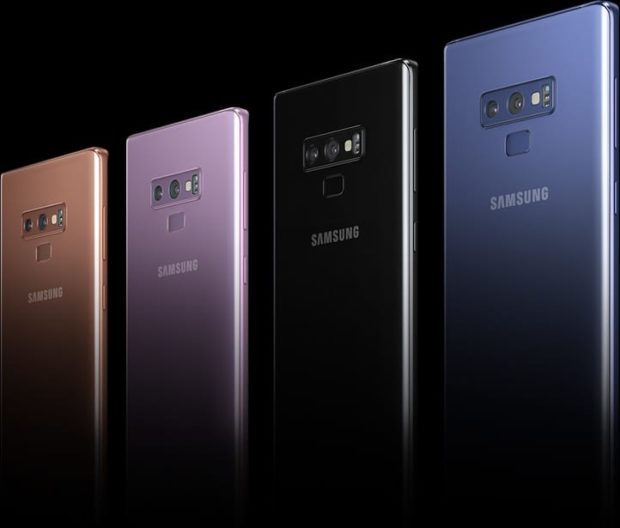
Image: courtesy of Samsung via AFP Relaxnews
The cloud gaming service from Google now supports a range of handsets from Samsung, Razer and ASUS, as well as Google’s own Pixel devices.
Google Stadia is now compatible with recent additions to Samsung’s Galaxy range, per an official announcement.
Those are the Samsung Galaxy S8, S8+, and S8 Active (2017), the S9 and S9+ (2018), the S10, S10E and S10+ (2019), and the upcoming S20, S20+ and S20 Ultra (March 2020).
Also part of February’s Stadia intake are a selection of recent Galaxy Note tablets: the Note8, Note9, and the Note10 and Note10+.
Two additional manufacturers are also included in the expansion, courtesy of the Razor Phone and Razor Phone 2, and the ASUS ROG Phone and ASUS ROG Phone II.
Both pairs are specifically marketed as phablets well suited to high performance mobile gaming, with the original Razor Phone built on a hardware platform fundamentally identical to that of the Pixel 2.
Google Stadia launched in November 2019, offering compatibility with the Pixel 2, 3 and 4, Chrome OS tablets and Chromecast dongles.
Currently, early adopters have been paying $129 (over P6,500) for a starter kit and three months of free Pro tier access, then $9.99 (about P500) per month thereafter.
Games have to be purchased separately, and are not yet transferable from other services, with the premium Shadowkeep and Forsaken expansions for “Destiny 2” as well as a “Samurai Shodown” franchise reboot offered as complimentary titles.
A free access Base tier has been forecast for “the next few months” by Stadia product manager Phil Harrison, an aluminus of Xbox and PlayStation.
Stadia is facing competition from Nvidia’s GeForce Now program, which launched out of beta at the start of February with a free tier and game ownership imports thanks to publisher partnerships.
It also offered compatibility with a wider range of mobile devices, only requiring support for the OpenGL ES3.2 standard; in theory, anything containing an Adreno 420 or Mali-T760 chip, which takes us a little further back to the 2015/16 era of the Samsung Galaxy Note4 and Galaxy S6. JB
RELATED STORIES:
Esports could become college degree through Alodia Gosiengfiao’s gaming agency
No nudes: New Japanese smartphone has AI prohibiting taking naked photos